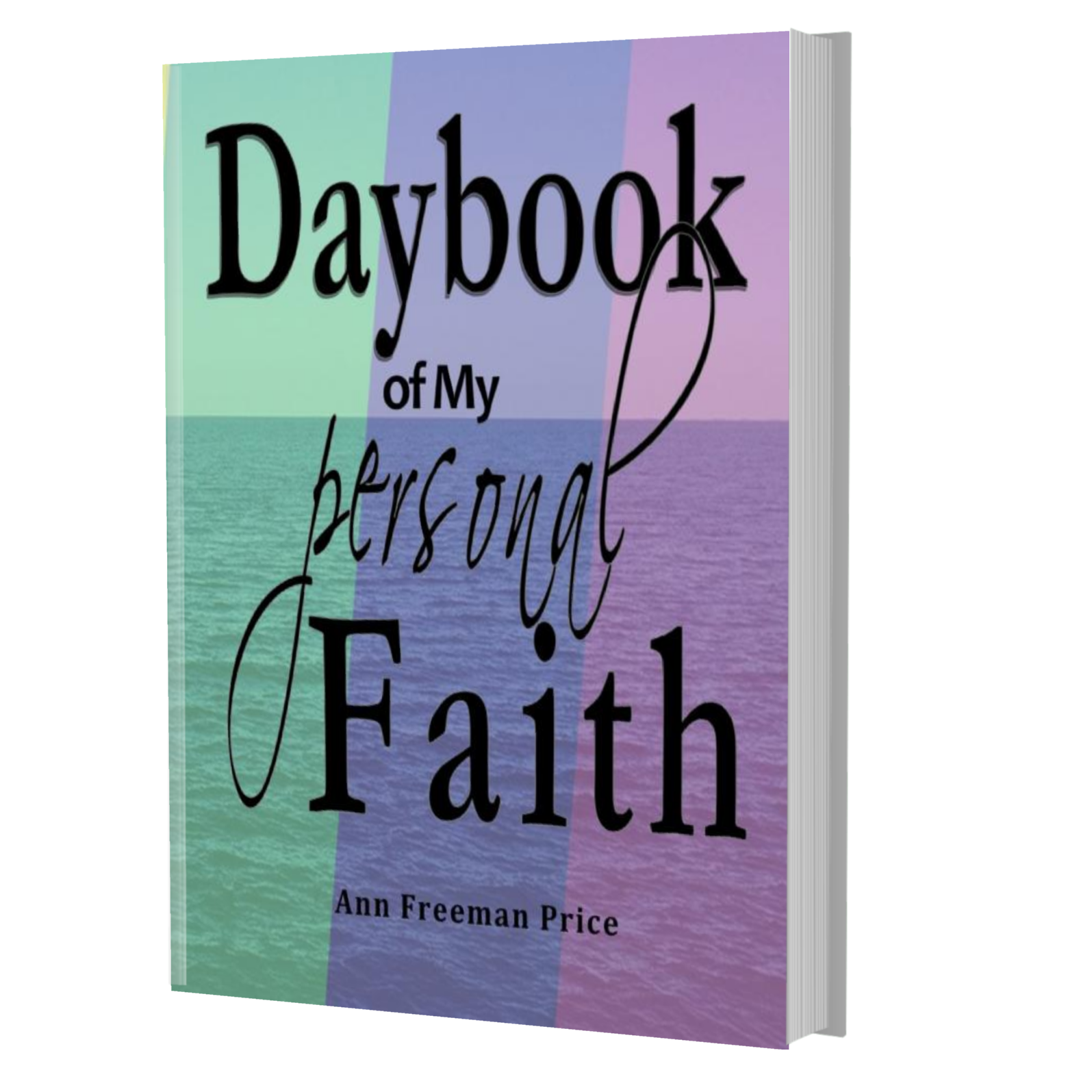Poet, Author, Composer....
Read the Psalms and Write
75. Read the Psalms and Write
I did a workshop once with Kathleen Norris, and have subsequently read a number of her books—Dakota: A Spiritual Geography; The Cloister Walk—and others, and in these books and in person she talked about taking retreats in a Benedictine abbey and finding there the practice of singing the psalms.
She inspired me to read through the psalms—one at a time—day after day, not three times a day as they did in the abbey, but at least one a day (or in the case of Psalm 119 reading over several days).
And finally a couple of years ago I decided to write a shadorma for each psalm. A shadorma is a Spanish poetry form of six lines—the first line has three syllables; the second line has five syllables; the third line has three syllables; the fourth line has three syllables; the fifth line has seven syllables; and the sixth line has five syllables. Some of the long psalms I would divide up and write a few shadormas for them. For instance Psalm 119 is divided into six parts and consequently has six shadormas.
What I discovered is that it helped me focus on that particular psalm and see what spoke to me that day from that reading. I think it’s possible (I haven’t done it) but it’s possible that if I wrote a shadorma on Psalm 53 four different times during the year that I would end up with four different shadormas—because my focus might be different. Now I have a complete set of shadormas to read with the psalm each day of the year.
Here’s my shadorma for Psalm 4:
answer me
and hear my prayer
you have filled
up my heart
and made me sleep in safety
God hears when I call


